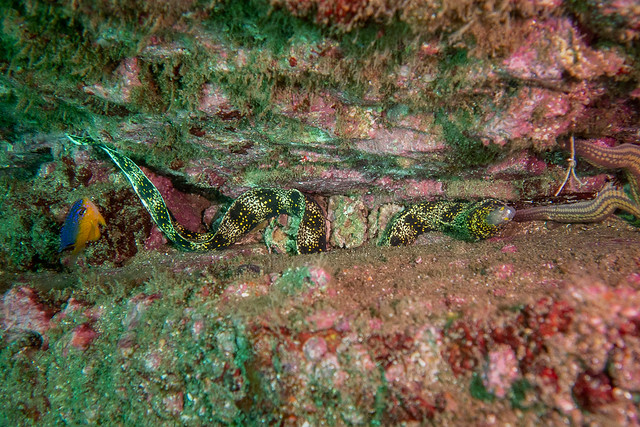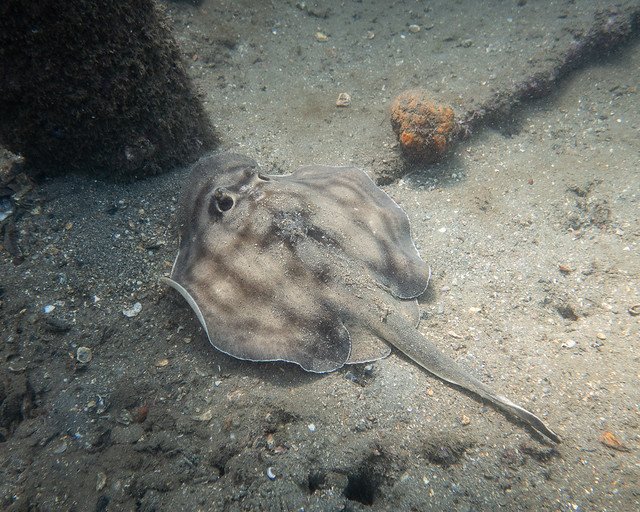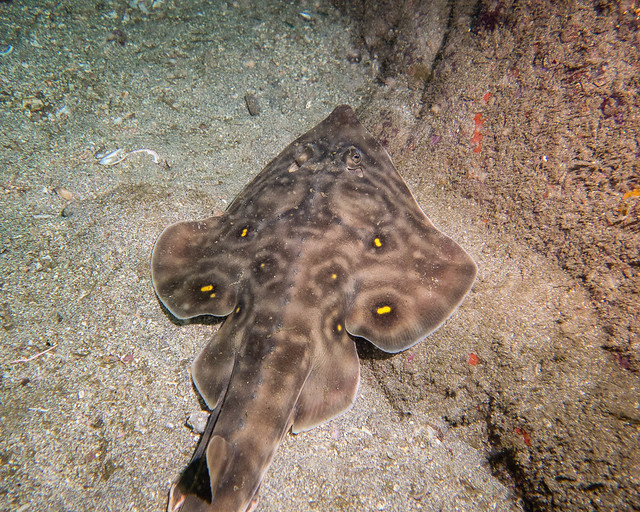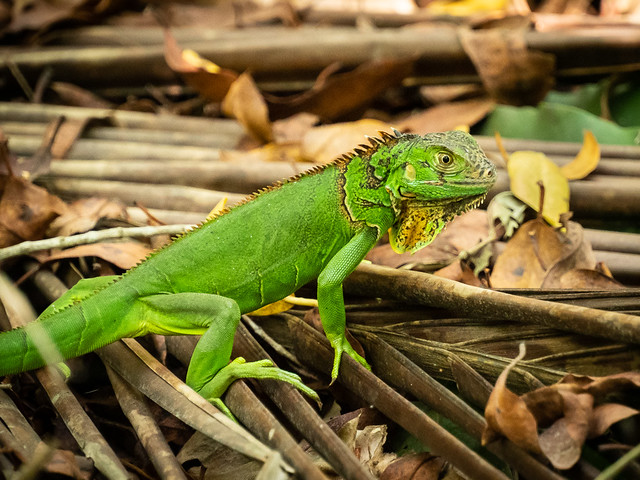We noticed that there was an Ecopark in Colima. "ecopark" can mean various things, but this one appeared to be a zoo. We stopped there before paragliding one morning. (Morning is cooler and tends to be less crowded.) It turned out to be quite a good zoo.
I have mixed feelings about zoos, obviously captivity is not ideal. But they do exist, and I love to see and photograph the animals. You can only hope they inspire people to help protect nature.

Some of the cages were small and bare, but other enclosures were large with lots of vegetation. Although it is amazing to see them, I feel worst for animals like the big cats.

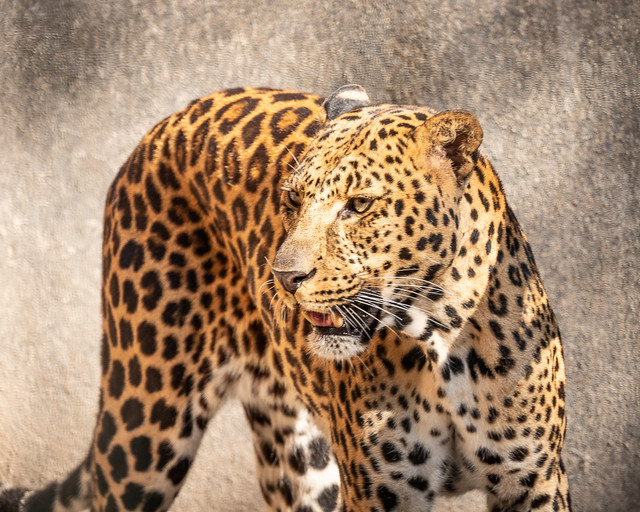

Some of the animals, like this capybara, seemed to be roaming the grounds freely.

One of the advantages of zoos is that you get to observe animals much more closely than you would in the wild. I love the details like the foot of an ostrich.

Or a Crowned Crane:

Or the patterns of the feathers of a bird:

I also like to take "portraits" of animals:




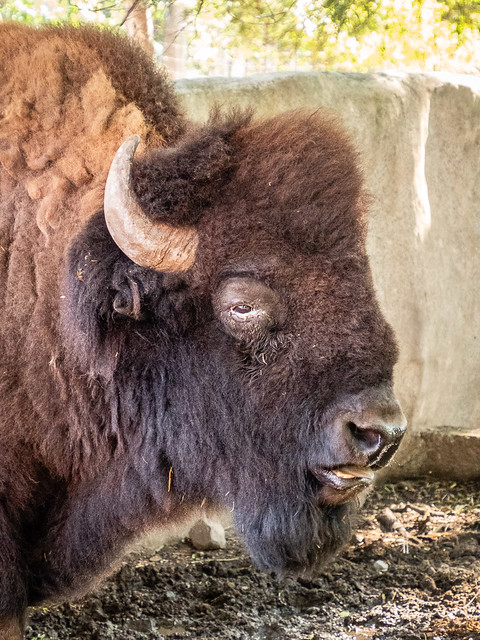

The bird above was inside the walk-in aviary and it took a liking to Shelley. It followed her around, hopping along the railing and flying to land right beside her. It didn't actually touch her, but she was a little nervous to be stalked by a large bird (about the size of a Canada Goose).
The lemurs, iguanas, and monkeys had their own island.



See all 50 photos in this batch
I have mixed feelings about zoos, obviously captivity is not ideal. But they do exist, and I love to see and photograph the animals. You can only hope they inspire people to help protect nature.

Some of the cages were small and bare, but other enclosures were large with lots of vegetation. Although it is amazing to see them, I feel worst for animals like the big cats.



Some of the animals, like this capybara, seemed to be roaming the grounds freely.

One of the advantages of zoos is that you get to observe animals much more closely than you would in the wild. I love the details like the foot of an ostrich.

Or a Crowned Crane:

Or the patterns of the feathers of a bird:

I also like to take "portraits" of animals:






The bird above was inside the walk-in aviary and it took a liking to Shelley. It followed her around, hopping along the railing and flying to land right beside her. It didn't actually touch her, but she was a little nervous to be stalked by a large bird (about the size of a Canada Goose).
The lemurs, iguanas, and monkeys had their own island.



See all 50 photos in this batch





